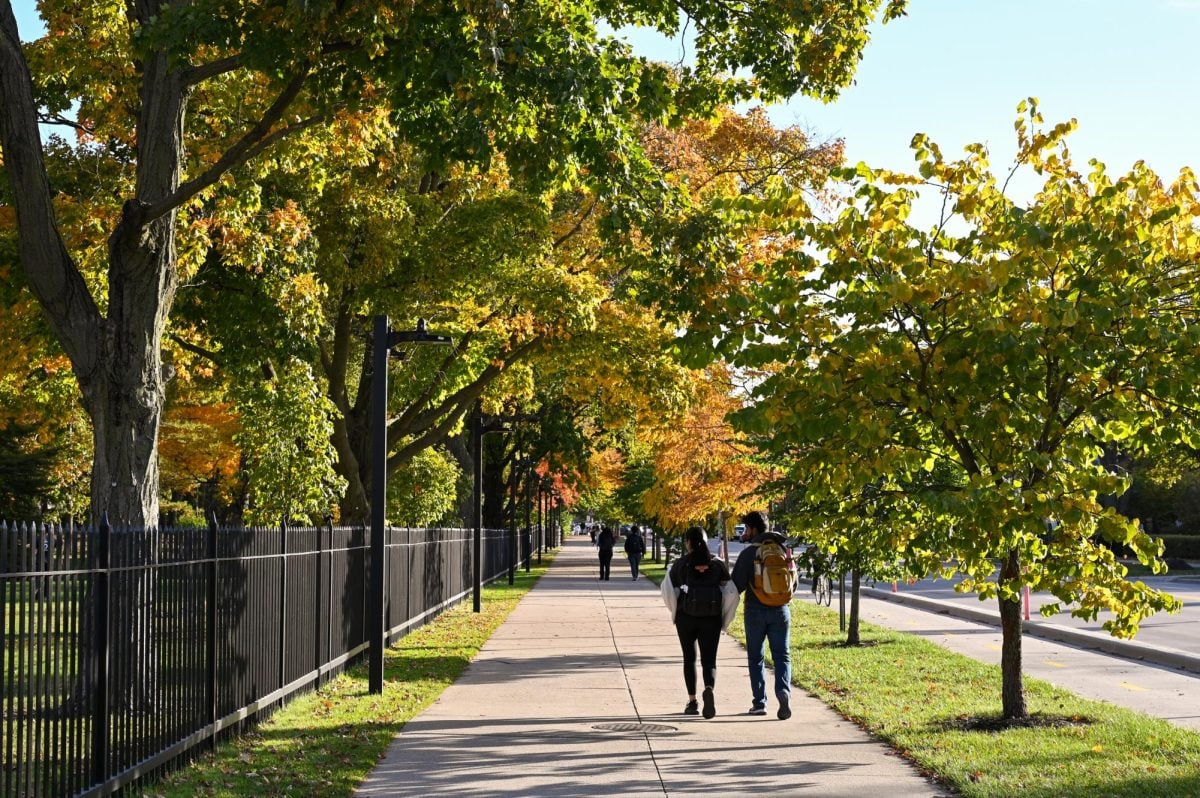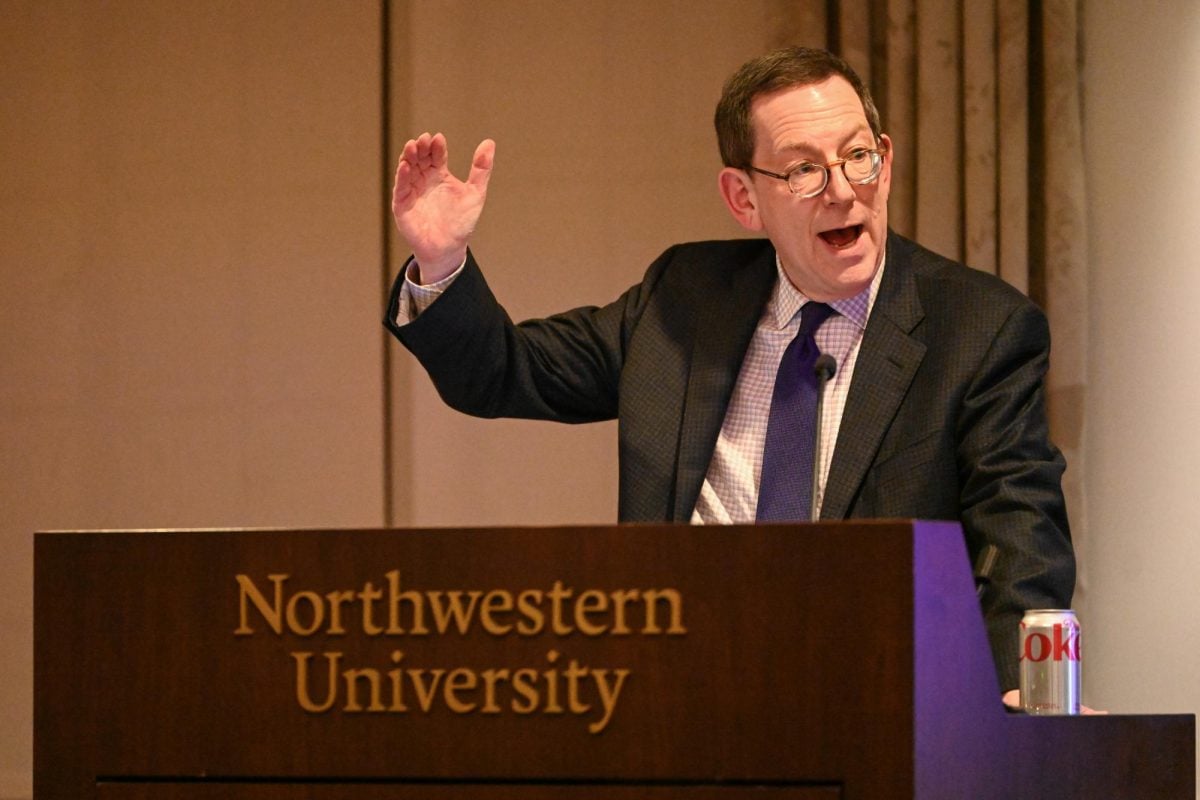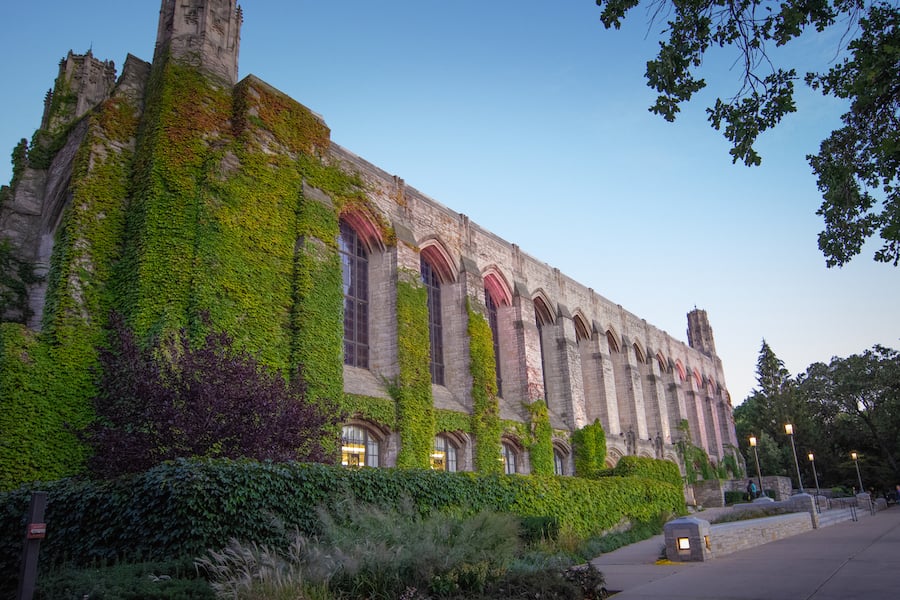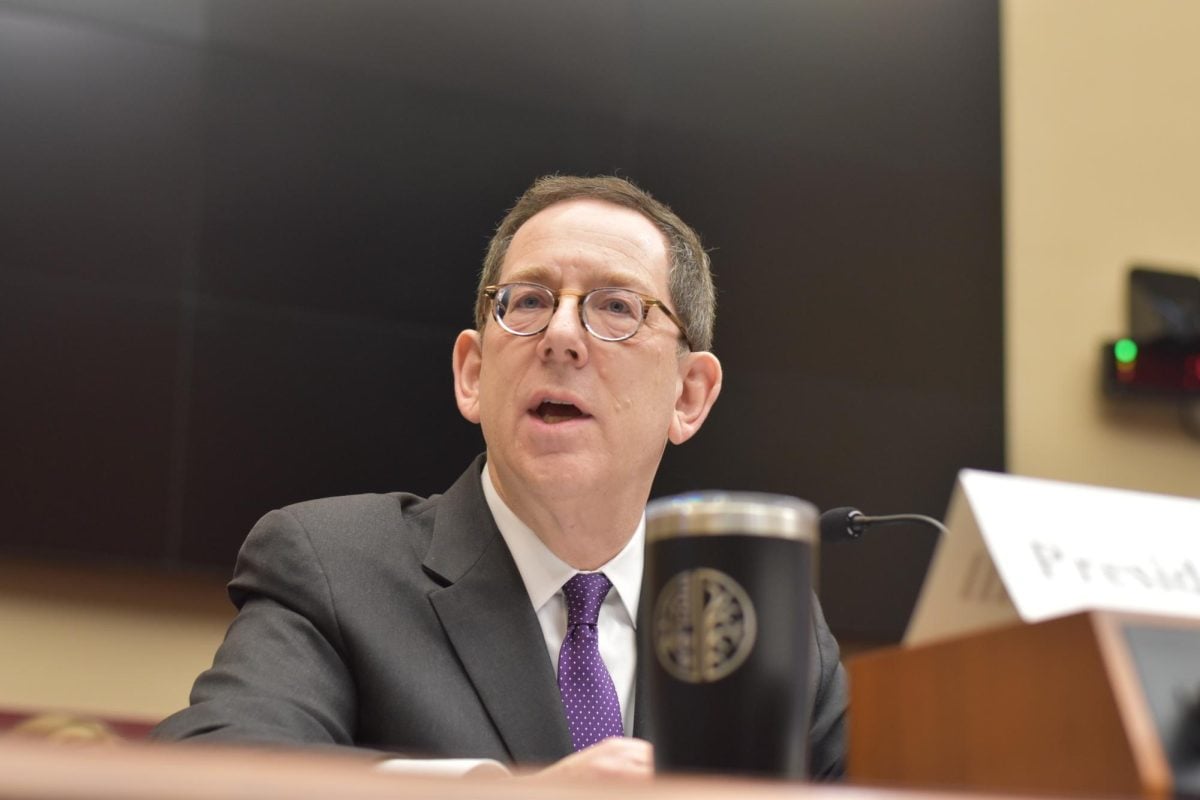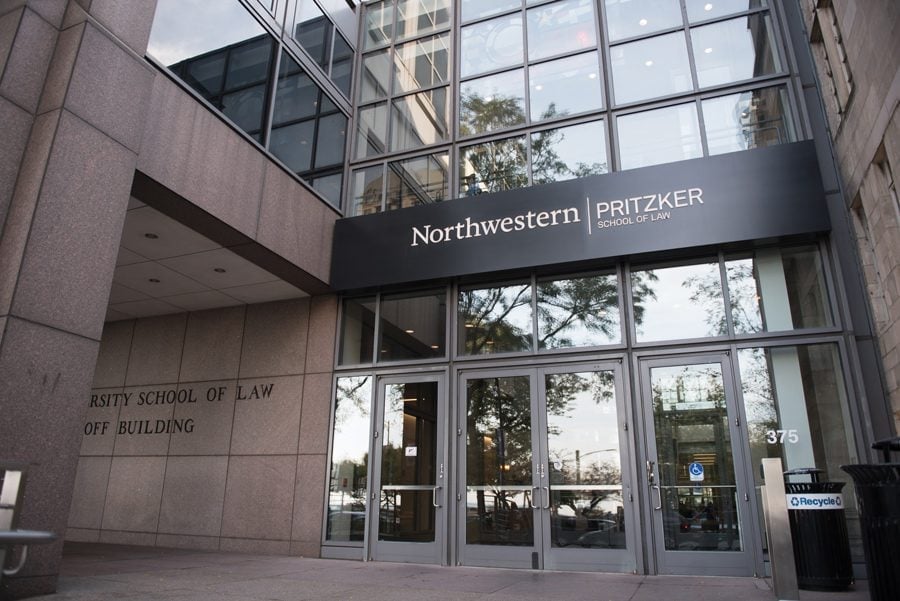Forbes magazine published a report Monday ranking Northwestern as the ninth most expensive college in the country.
The report, which relied on data from the National Center for Education Statistics, included the cost of tuition, room and board, as well as other costs such as textbooks and transportation. Forbes reported a total yearly cost for NU students of $56,406.
Michael Mills, associate provost for university enrollment, cautioned against reading too much into the report because it only gave the gross cost for attending each institution, rather than the net cost accounting for scholarships and financial aid.
“We are a high-tuition, high financial aid school, and that’s sort of the model,” Mills said. “The net price to attend Northwestern after receiving financial aid makes it very affordable.”
In fact, according to data from the Department of Education, the net price to attend NU dropped from $28,403 in 2008-09 to $27,919 in 2009-10. Mills said he expects that number to be even lower once data for the 2010-11 academic year is released.
The Center for College Affordability and Productivity aided Forbes with the report. The Center, a nonprofit based in Washington, D.C., aims to facilitate a broader dialogue on the rising costs of higher education in the United States.
Matthew Denhart, administrative director of the Center, stressed the importance of socioeconomic diversity at NU.
“Obviously it’s seen as kind of a rich kid school in suburban Chicago,” Denhart said. “Qualified students from many different demographics do add a diverse component to the campus that other students can learn from and that will benefit them in their careers.”
Many students, many of whom are able to attend NU because of the school’s financial policies, said they don’t see NU as unaffordable.
“I think they’re great,” Weinberg freshman Kalyn Kahler said of NU’s financial aid office.
Kahler said she was accepted to NU through its binding early decision program and worked with Financial Aid to make sure she could afford her first-choice school. “I really wasn’t expecting to get any money because I’m white and middle class.”
Communication freshman Abiola Aderonmu, whose combination of outside scholarships and University aid means she pays almost nothing out-of-pocket to attend NU, said she was similarly pleased with Financial Aid.
“I don’t think there’s a school that does it better,” Aderonmu said. “There are very few schools that can afford to meet 100 percent of kids’ needs, so it’s pretty awesome that we can do it here.”
Several of the schools on the Forbes list, University of Chicago (No. 2) and Washington University in St. Louis (No. 4), share similar characteristics with NU, particularly their urban or suburban settings. Mills noted that this was likely a factor in the list’s results.
“The costs of living and conducting business in Chicago, in New York, in Boston and so forth are very high,” he said.
Mills echoed Denhart’s opinions regarding diversity on the NU campus.
“People who go to school in a diverse environment tend to maintain cross-cultural and cross-racial friendships much more than people who go to an isolated environment,” Mills said. “That’s why we do what we do and try to get a mix of low-income students, middle-income students and high-income students.”
Sarah Lawrence College in Bronxville, N.Y., topped the Forbes list for the second year in a row, largely due to its low student-faculty ratio and New York location.
